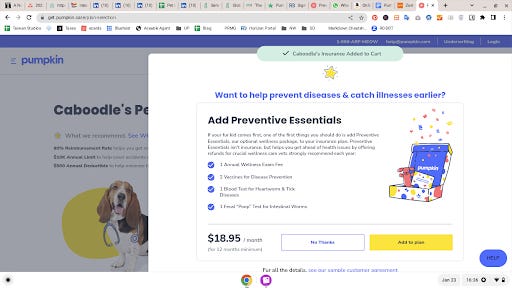
Many employers view health insurance as a critical component of their compensation. For the past 10 years, however, these benefits have been increasing in price. These factors include rising deductibles and prescription drug costs, as well as the increasing cost of health system pricing. These trends are leading to rising premiums and lowering wages. Many employers are frustrated with increasing costs and administrative burdens. Some employers are searching for non-wage alternative jobs.
Employers are using more wearable devices for their wellness programs. According to a survey, one fifth of employers now collect data on wearable devices. Although the main driver of the market for health insurance is price increases, employers are now looking at other payment options to keep their employees healthy.
According to the Congressional Budget Office (CBO), the number Americans who are covered by employer-sponsored health plans will remain the same 159million in ten year. The tax-favored alternative to health insurance is still available. In 2019, the cost of single coverage for a household will still exceed 9.86%.

Premiums do not include the cost associated with health insurance. They also include the cost of deductibles. The deductible for workers in the United States is at least $2,000. In the US, around 25% of workers have a minimum $2,000. Self-insured plans save money when claims are low. Employers are responsible for paying extra if the claim is larger than they expected.
The employee's age group determines the rate for small groups. Massachusetts is an example of this. Workers under 25 are paid $1186 per year and those over 25 get $6,896.
Larger employers have greater control of plan coverage. Most large employers offer a biometric screen to their employees. They also provide a wellness program for employees and encourage them to go to lower-cost providers. The public sector can also tailor their health care plans to fit employees' needs.
The Affordable Care act will allow employers with 51 to 100 employees to enter a merged insurance market for 2016. Premiums will increase for these employers by up to 9 percent. States are required to establish a rate each year. A $3,480 penalty is imposed on those who do not offer affordable plans.

In order to comply with the ACA, some small employers must make additional contributions to subsidize health insurance for their workers. For example, in Massachusetts, employers are expected to contribute $50 per employee per year.
Despite these requirements however, there is still a decrease in the number of employers that offer health insurance. Many small employers are dissatisfied with the uncontrollable costs of benefits, after a decade filled with rapid increases. While most employers do not see an increase in their health insurance rates, some find it difficult to retain staff.
The unemployment rate is low and this means that it is becoming more difficult to retain employees. This is a problem for employers. Employers can be fined $2,320 per person if they fail to offer health insurance. In addition to the fines, COBRA is a law that requires employers and employees to provide continuous health care.